So you've finally built your new home. Congratulations! Now it's time to ensure it stays standing for the long haul. There are a few things you need to watch out for to avoid expensive foundation damage down the track. We're talking cracked walls, sloping floors and doors that won't close - the stuff of homeowner nightmares.
The foundations of your home carry the entire weight of the structure, so any movement in the soil surrounding them can spell trouble. Things like air conditioning units dripping onto soil, planting large trees too close by or building garden beds right next to the foundations may seem harmless. But over time, these can cause the soil to swell, shrink, heave and change in ways that seriously damage your home's structure.
In this post we'll discuss how to spot the signs of foundation damage early and the three most common culprits that can catch new homeowners by surprise. An ounce of prevention is worth a pound of cure, so read on to protect your home and avoid a costly repair bill.

What Is Soil Movement and How Can It Damage Foundations?
Soil movement refers to shifts in the foundation soil that supports your home. There are a few types you need to watch out for:
Heave
Heave occurs when excess moisture causes clay soil to swell, pushing up on foundations. During rainy seasons or if you have poor drainage, the area around your foundation may become saturated. As the clay absorbs water, it expands and lifts your foundation.
Shrinkage
The opposite of heave, shrinkage happens as clay soil dries out and contracts, pulling away from foundations. This often occurs in hot or arid weather. As the clay loses moisture, it shrinks and cracks, damaging foundations by removing vital support.
Slope failure
If your home is built on a slope or incline, the soil can become unstable over time. Erosion wears away at the slope, while the weight of the structure causes the foundation to tilt or shift downwards. This can lead to subsidence as the soil gives way.
To avoid costly damage, there are a few key things you can do:
- Instal guttering and downpipes to divert rainwater away from foundations.
- Install additional yard gullies in areas where water is ponding.
- Limit watering and avoid planting close to foundations. The roots can cause shrinkage and instability.
- Get professional advice before doing any major excavation work. Removing too much soil at the wrong angle can lead to collapse.
- Google "Foundation Angle of Influence" for more on this subject and what it means to you".
- Inspect foundations regularly for signs of movement like tilting, cracks or bowed walls. It’s best to address any issues early.
- Water your water bill. If your water bill increases within proximity to doing any excavation works around your house, you may have a leaking pipe or drainage connection that can cause localised soil wetting and ground swelling.
With vigilance and proper care, you can help prevent soil movement and safeguard your home’s structural integrity. Protect your investment by keeping a close eye on the ground it’s built upon.
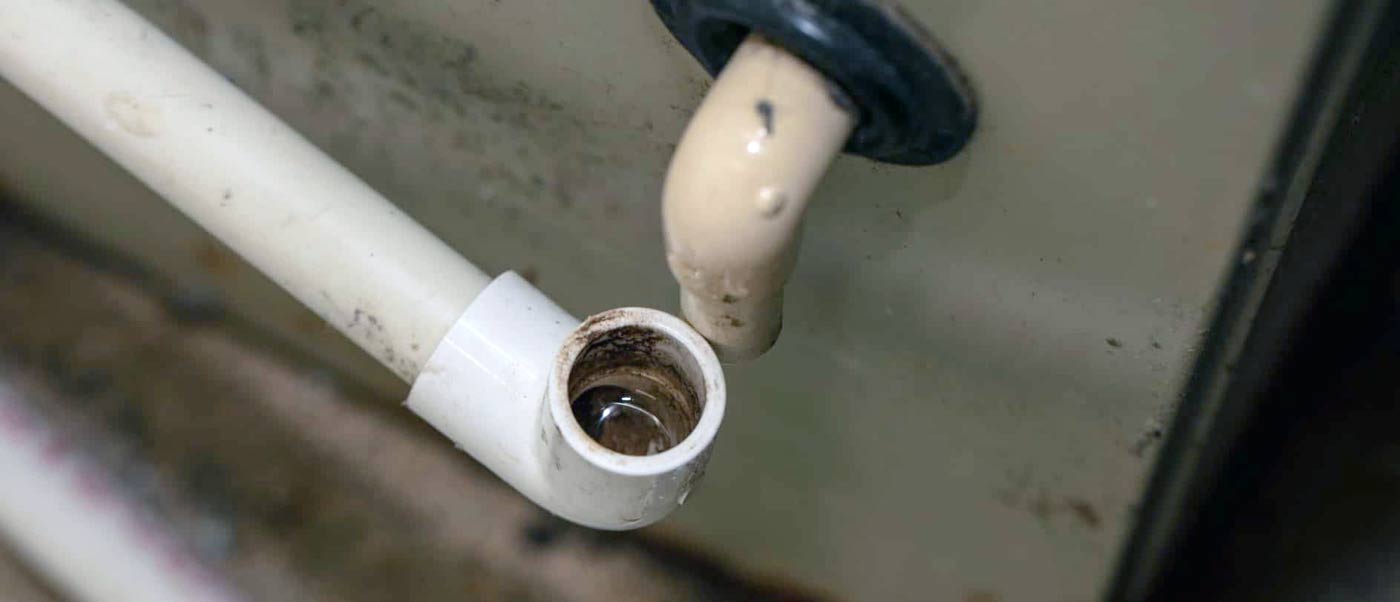
The Hidden Threat: Aircon Overflow Pipes
The hidden threat you need to watch out for is your air conditioning overflow pipe.
Where is it and why should you care?
Your AC unit produces condensation which needs to drain somewhere. The overflow pipe directs the water away from the unit to avoid damage. The problem is these pipes often drain right next to the foundation of your home.
- Excess water from the overflow pipe can saturate the soil surrounding your foundation, causing the ground to swell and put pressure on the structure. This can lead to cracks in walls and floors, doors and windows sticking or not closing properly, and uneven or sloping floors.
- The overflow water also makes its way under the foundation, eroding the soil and compromising the support for your footings. This erosion can cause foundations to drop and tilt, damaging the building above.
- In colder areas, the water around foundations can freeze and expand, causing frost heave. This upward pressure cracks foundations, drives moisture higher into walls, and creates instability.
To avoid these costly issues, have a plumber install a drainage line to redirect excess AC condensation into the stormwater system. You should also re-grade the soil around the foundation to slope away from the building. Fix any cracks in the foundation or exterior to minimise water ingress.
Take control of your AC overflow pipe today to protect your foundation and avoid many problems down the road. An ounce of prevention really is worth a pound of cure.
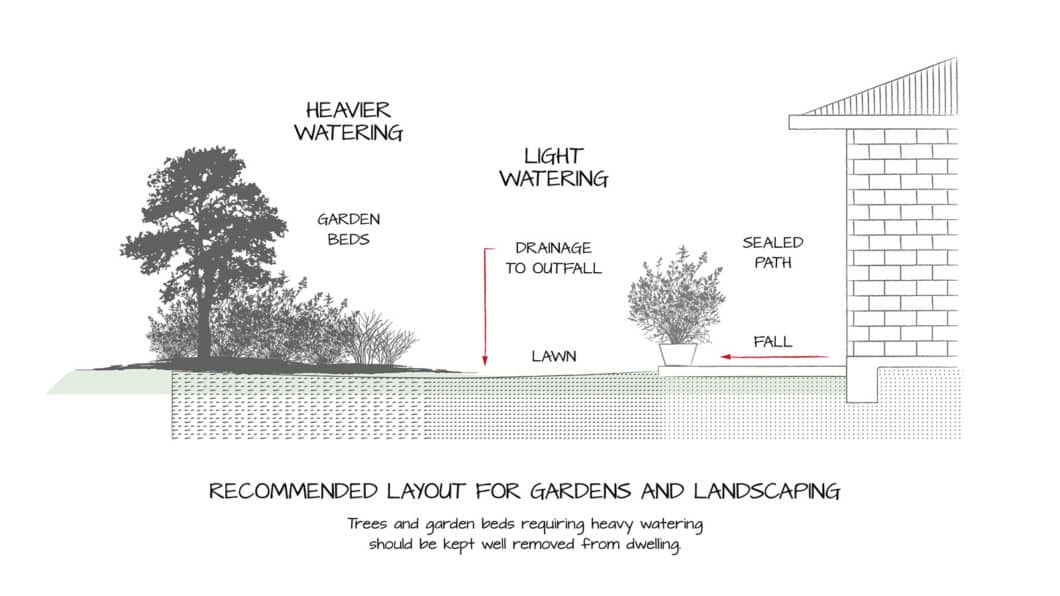
Don't Plant Trees Too Close to Your Home's Foundations
One of the biggest mistakes homeowners make is planting trees too close to the foundations of their home. While trees can increase the curb appeal of your property, their root systems can wreak havoc if planted near foundations. Tree roots require oxygen and water to grow, and will seek out the easiest paths to find them. Unfortunately, the gaps and cracks in foundation walls and footings provide an easy access point for roots.
As roots grow towards foundations, they absorb moisture from the soil. This causes the soil to shrink, reducing support under the footings. The foundations are then at risk of subsiding, leading to cracks in walls and floors. Severe cases can undermine footings entirely.
The roots also exert an upward pressure on footings as they grow, which can lead to heaving and tilting of the foundation. This damage may not be noticeable for many years but will be expensive to repair. It's best to avoid it altogether by planting trees a safe distance from foundations.
As a general rule, small shrubs should be at least 1 to 2 metres from foundations, medium shrubs at least 1.5m to 2.4m, and large trees at least 4 metres away. Check with your local nursery for recommendations on safe distances for specific tree species based on their root spread and growth rate. It's also a good idea to choose tree species that have a non-aggressive root system. Some options include crape myrtles, dogwoods, magnolias or redbuds.
If you have existing trees too close to your home, you may need to remove them to prevent damage, especially if you notice cracks appearing in walls and floors. Removal of established trees should only be done by a professional to avoid damage to property or injury. In some cases, root barriers can be installed to redirect roots away from foundations, but their effectiveness depends on the tree species and soil conditions.
Preventing damage from tree roots is well worth the effort. Paying attention to recommended planting distances for trees and shrubs can help homeowners avoid costly foundation repairs down the road. An ounce of prevention is worth a pound of cure!
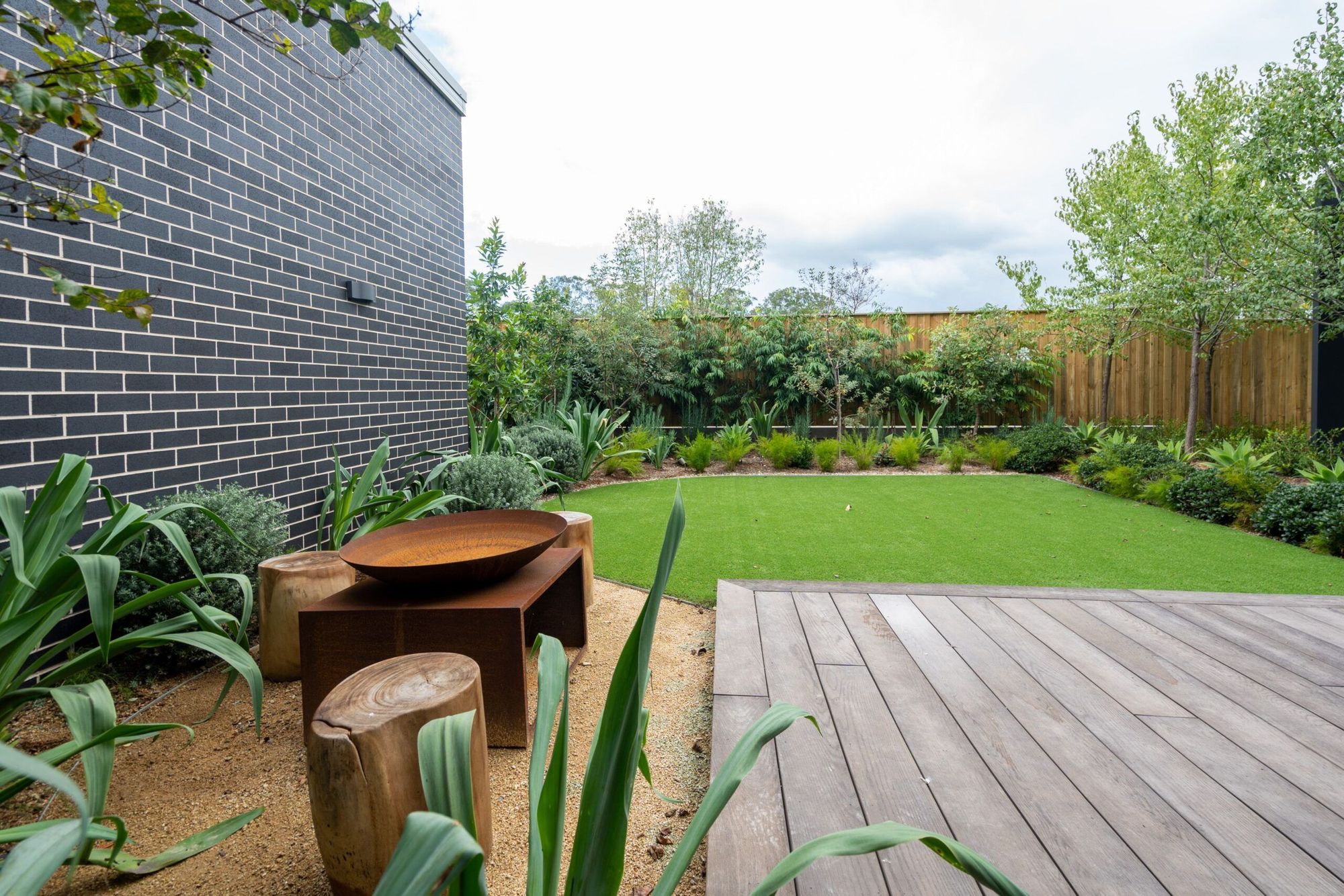
Building Garden Beds Near Foundations - Do It Right
Building garden beds near the foundation of your home may seem like an innocent enough activity, but it needs to be done properly to avoid potential issues. The soil around foundations is sensitive, and making changes to it can lead to damage if you're not careful.
There are a few things to keep in mind when installing garden beds close to your foundation.
Provide adequate drainage
Make sure the garden bed allows for sufficient drainage and airflow. Standing water is one of the biggest threats to foundations. Provide a slope away from the house so water flows away, and consider installing drainage pipes if needed. Also, choose plants that do not require frequent or excessive watering.
Leave adequate space
Don't plant garden beds directly against the foundation. Leave at least 1 to 2 metres of space between the bed and the house. This allows for easy inspection of the foundation and access for any necessary maintenance or repairs. It also prevents plant roots from growing directly under or into the foundation.
Choose plants wisely
Select plants, trees and shrubs that have non-invasive root systems. Plants with aggressive root growth can damage foundations by drying out and expanding the soil. Do some research on the types of plants you want to instal to make sure their root systems won't cause issues. It's best to avoid plants that produce dense, woody root masses.
Soil barriers
For additional protection, install a vertical barrier in the soil between the garden bed and the foundation. Materials like concrete, metal or PVC can block plant roots and also help prevent excess moisture from seeping into the foundation soil.
Building a garden bed near your foundation does not have to be risky if you take the proper precautions. By providing good drainage, adequate spacing, choosing the right plants and using root barriers, you can have a beautiful garden bed without threatening the structural integrity of your home. Paying attention to these factors will give you peace of mind and help avoid costly damage down the road.
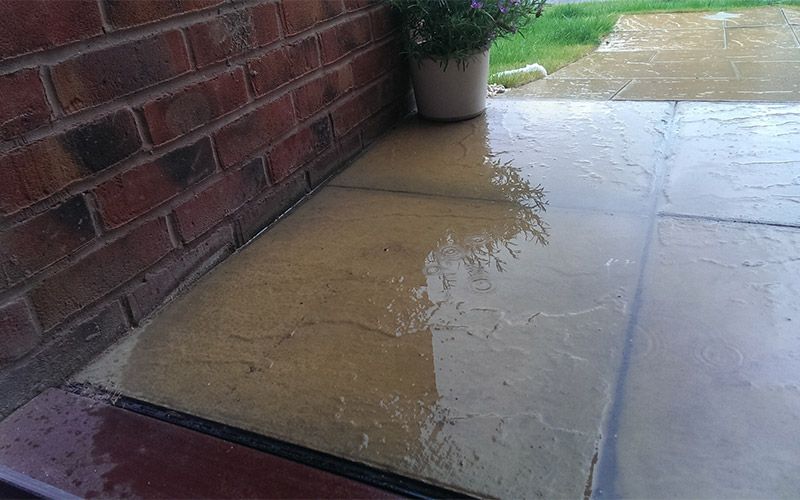
Water Wisely - Avoid Overwatering Near Foundations
Water your garden and lawn wisely, especially the areas around the foundation of your home. Overwatering the soil surrounding foundations can lead to costly damage.
Watch for Signs of Movement
Keep an eye out for tilting, cracks in walls, doors or windows that stick or won’t close, or sloping floors which can indicate foundation movement from oversaturated soil. Foundation damage like this can be expensive to fix, so it’s best to prevent it.
Water Infrequently and Avoid Excessive Amounts
Only water plants and grass when the top few inches of soil are dry. Check this by sticking your finger in the ground to test the moisture level before watering. When you do water, do it infrequently but thoroughly, soaking the soil to a depth of at least 6 to 8 inches. Allow the excess water to drain away from the foundation. Never leave standing water around foundations.
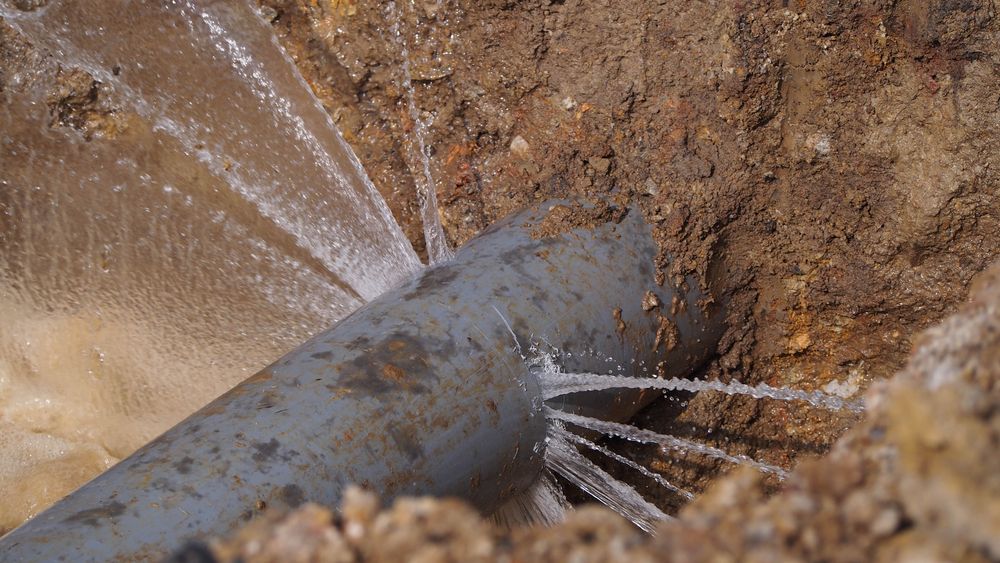
Improve Drainage
Make sure downpipes are connected to the stormwater drainage lines and direct water away from the base of the foundation, ideally into yard gullies. Plant gardens, shrubs and trees at least 1 to 1.5 metres away from foundations. Their roots can absorb moisture from the soil and cause shrinkage next to the foundation.
Choose Drought-Resistant Plants
Select plants, shrubs, trees, and grass types that don’t require frequent or heavy watering, especially within 1 to 1.5 metres of foundations. Drought-resistant greenery will help ensure the soil in these areas does not become oversaturated.
By following these tips for wise watering and improving drainage around foundations, you can help prevent damage to your home's structure and the costly repairs that go with it. Keeping foundations dry and stable will give you peace of mind and help you avoid unforeseen costs in the future.
Conclusion
These three simple things to watch out for can save you a lot of money and heartache down the track as a homeowner. Keep an eye on those AC pipes, be mindful of where you plant your greenery and think twice before building that garden bed right up against your foundations.
An ounce of prevention is worth a pound of cure, as the saying goes. Pay attention to these basics and your home will thank you for it by staying structurally sound for years to come. Of course, if you do notice any cracks appearing, don't delay in getting a professional in to inspect. But with vigilance and common sense, you've got this - you're well on your way to homeowner peace of mind!







